Voters in Fife delivered the SNP a brutal message at the general election, wiping the party off the map.
Overnight huge majorities were turned to dust as the party was swept away by an apparent Labour resurgence.
It was a symbolic sets of wins for Sir Keir Starmer and Anas Sarwar, confidently securing three seats it lost to the SNP wave after decades of dominance.
In 2015, it was a victory long in the making for the nationalists, but in a sign of how harsh politics can be, the loss was swift in 2024 as seat after seat backed the alternative.
As First Minister John Swinney surveys the wreckage, he will want to understand what went wrong locally as well as nationally.
We take a look at five reasons voters in Fife fell out of love with the SNP.
1. SNP government fatigue
After 17 years of SNP control at Holyrood, Scots seem to have become fatigued with the party.
One recent poll suggests just over half of people believe the country is heading in the wrong direction.
There is also evidence to suggest growing discontent at the handling of devolved areas, with 56% said to think the SNP are doing a bad job at managing the NHS.
Public confidence has also been dented by scandals involving senior figures such as Nicola Sturgeon and her husband, former SNP chief Peter Murrell.
The ongoing police probe into the party’s finances even saw the seizure of a £100,000 motorhome, allegedly purchased with SNP cash, from outside Mr Murrell’s mother’s home in Dunfermline.
2. Local control
Fife Council is run by a minority Labour administration.
The party has been in power at Fife House since 2012, except for a five-year spell between 2017 and 2022 when it served in coalition with the SNP.
While there is no independent opinion polling on satisfaction with the local authority, there are some signs people are generally happy with council-run services.
This includes Fife Sports and Leisure Trust, where customer surveys conducted during 2022/23 showed 57% of respondents reported “high satisfaction”.
The most recent social house survey, published in October last year, found 82% of tenants said they were satisfied.
3. Low turnout
Turnout was down across Fife on 2019, particularly in constituencies the SNP lost such as Dunfermline and Dollar, where it was down 7.5%. In Glenrothes, it dropped 12%.
Party sources believe this played a part in shaping the final result, with fears many who previously backed the nationalists choosing to stay home.
4. Changing boundaries
The SNP’s vote share in some parts of Fife may have been diluted by the redrawn constituency boundaries.
This includes Glenrothes and Mid Fife, which no longer includes Levenmouth, Kennoway and Windygates, communities where the nationalists had recorded high levels of support previously, and which now forms part of North East Fife.
But even though it prompted some concern prior to the ballot, hope was not lost.
Notional results based the party’s vote share in 2019 suggested they could still win, and in the first days of the campaign, as First Minister John Swinney toured Fife, senior figures told The Courier they were privately confident of success.
5. Collapsing Tory vote
Fife MSP Jenny Gilruth told The Courier she believed many voted Labour to oust the Conservatives.
And in all three constituencies where Labour secured an SNP upset, the party seems to have benefitted from the collapse in Tory backing.
In Cowdenbeath and Kirkcaldy, where Labour’s vote share increased by 16% on its 2019 performance, support for Rishi Sunak’s party plummeted by 14%.
Meanwhile, Liberal Democrat support fell by 2.6%.
The shift to Labour will not have been uniform but will have boosted Labour in races such as Glenrothes.
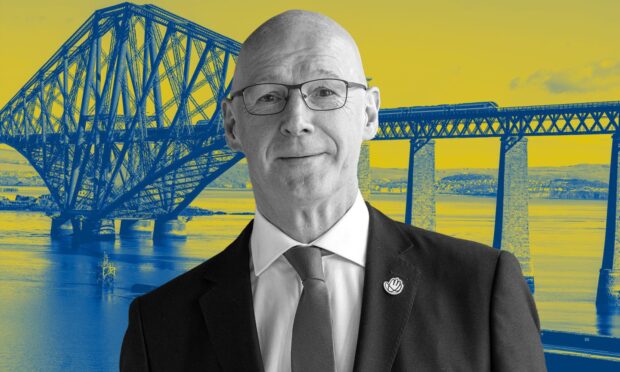
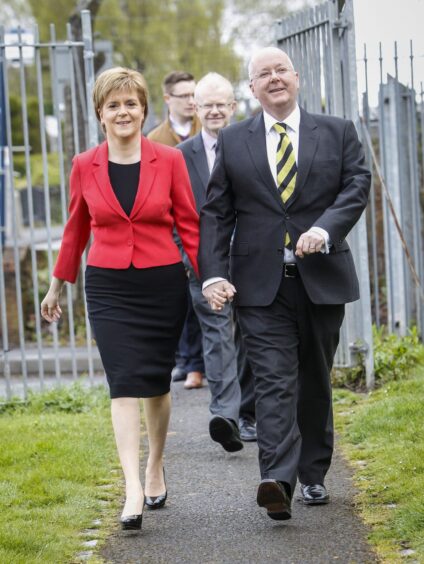
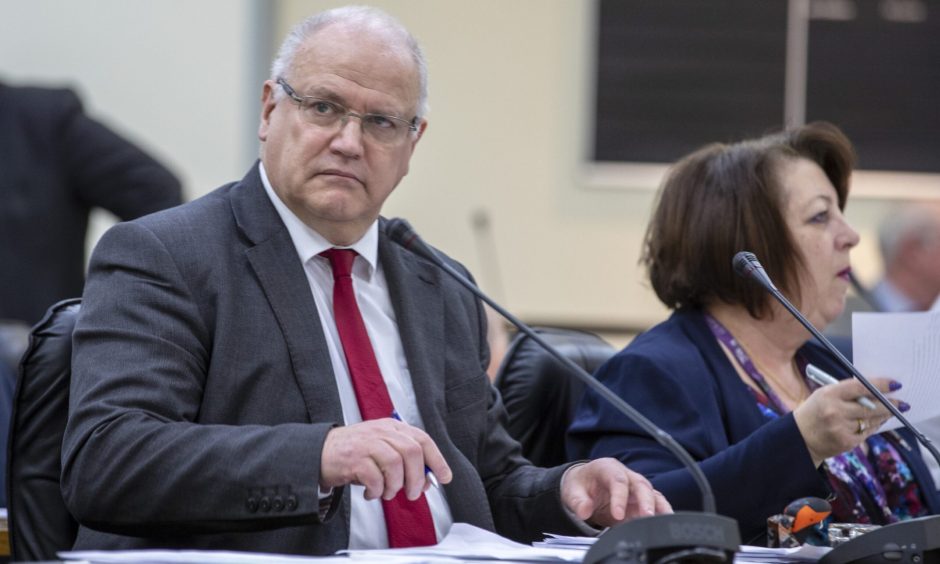
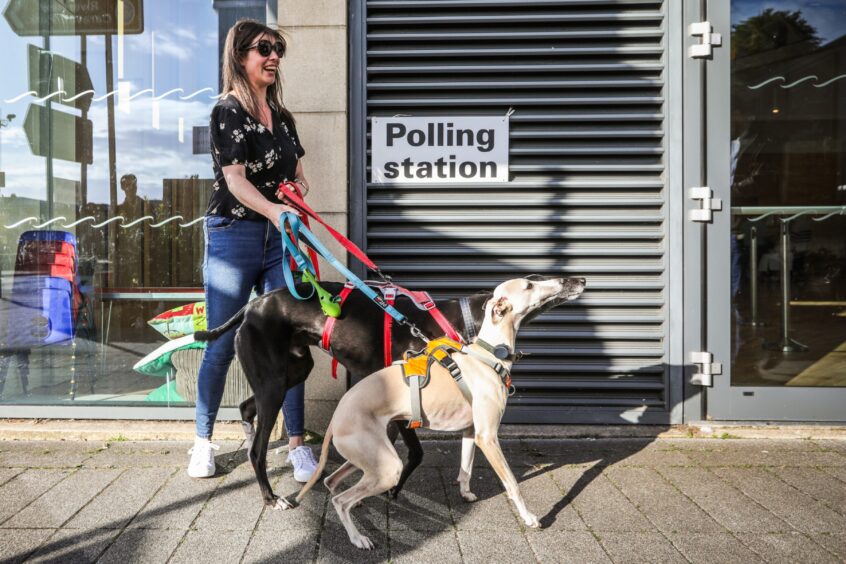
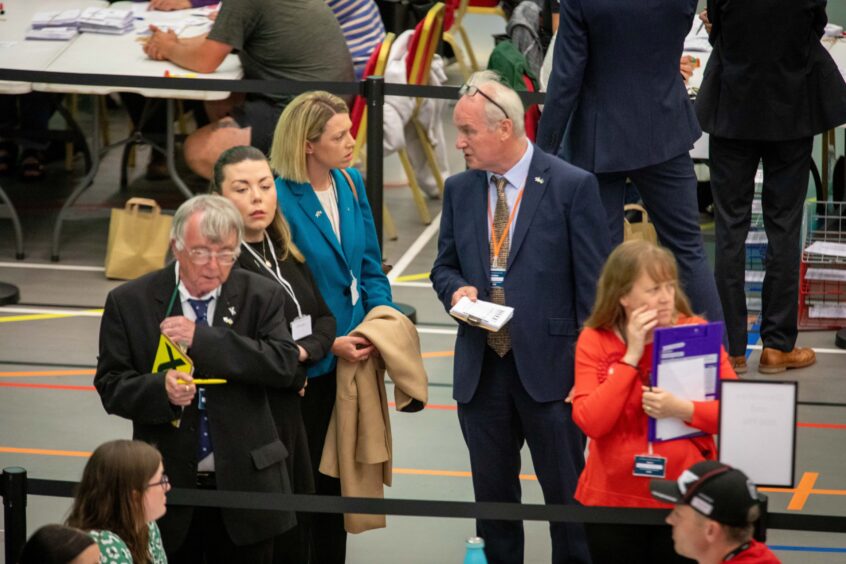
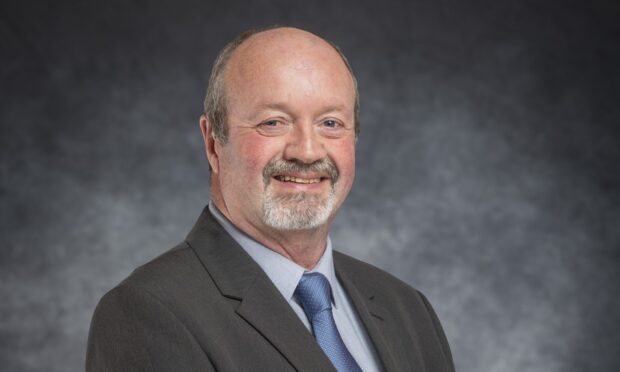
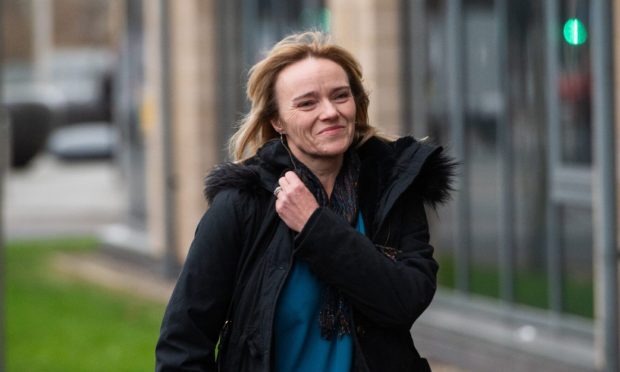
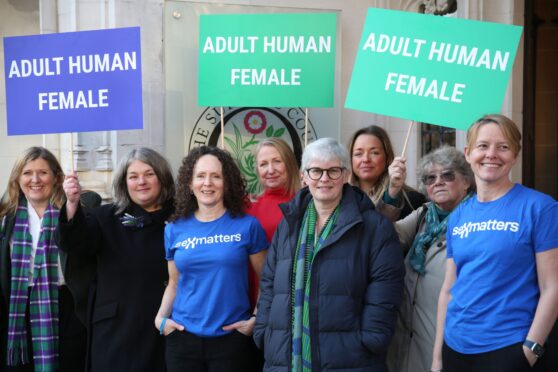
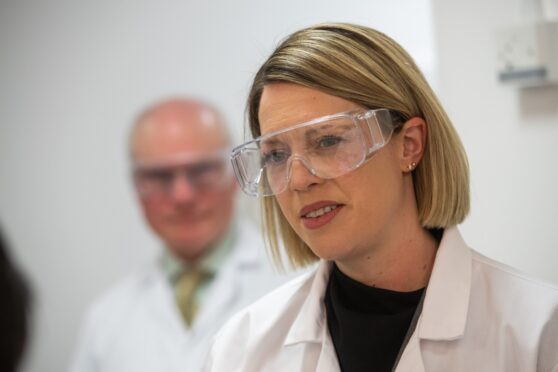
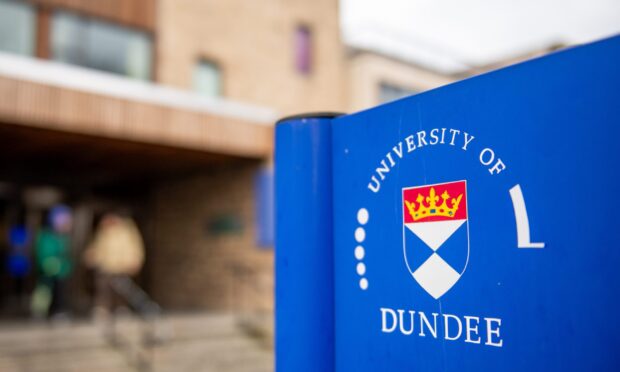
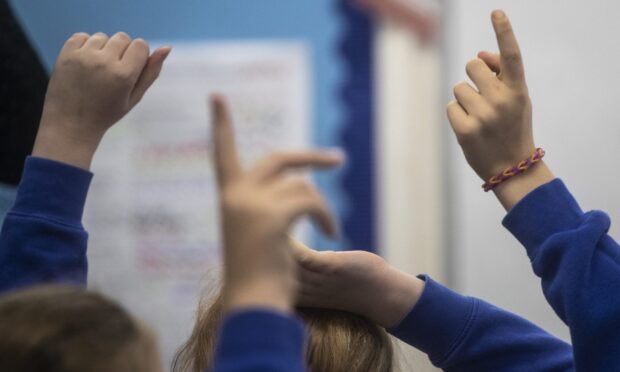
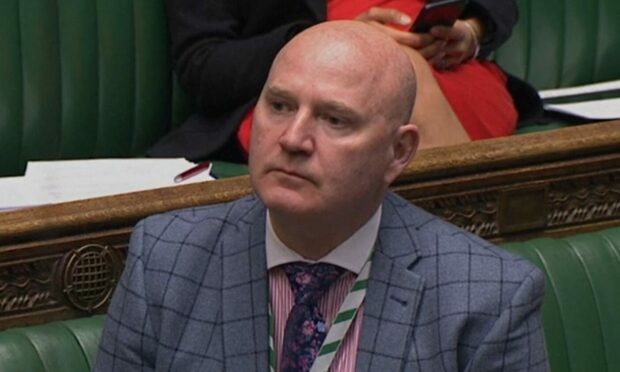
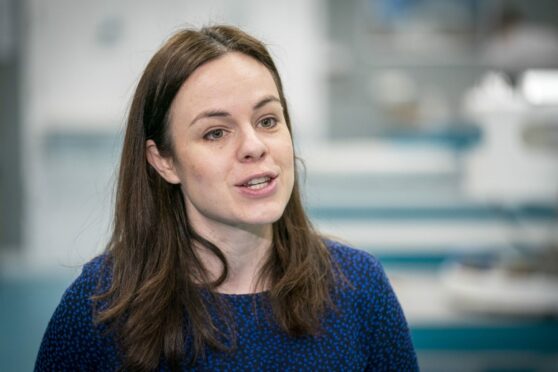
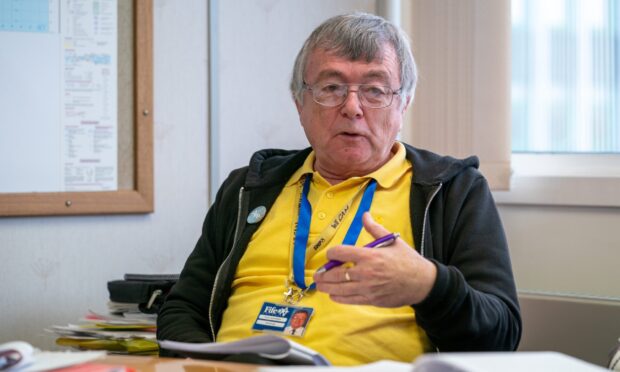
Conversation